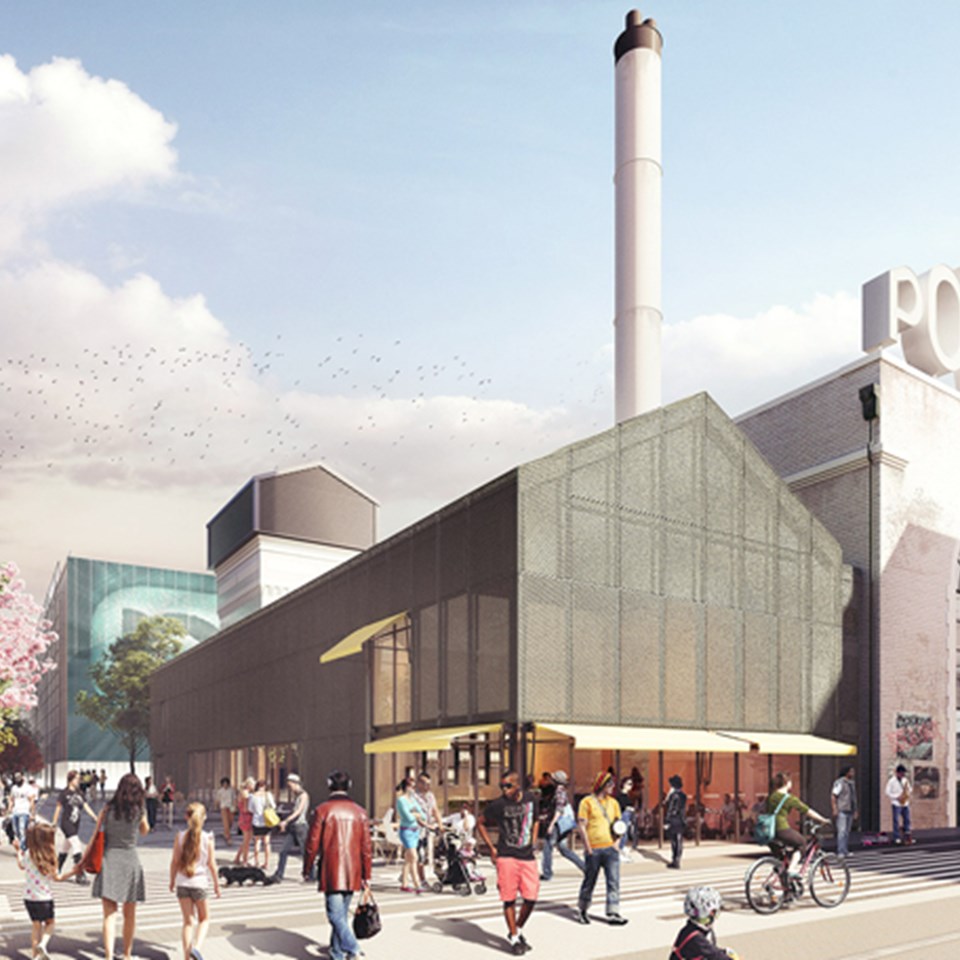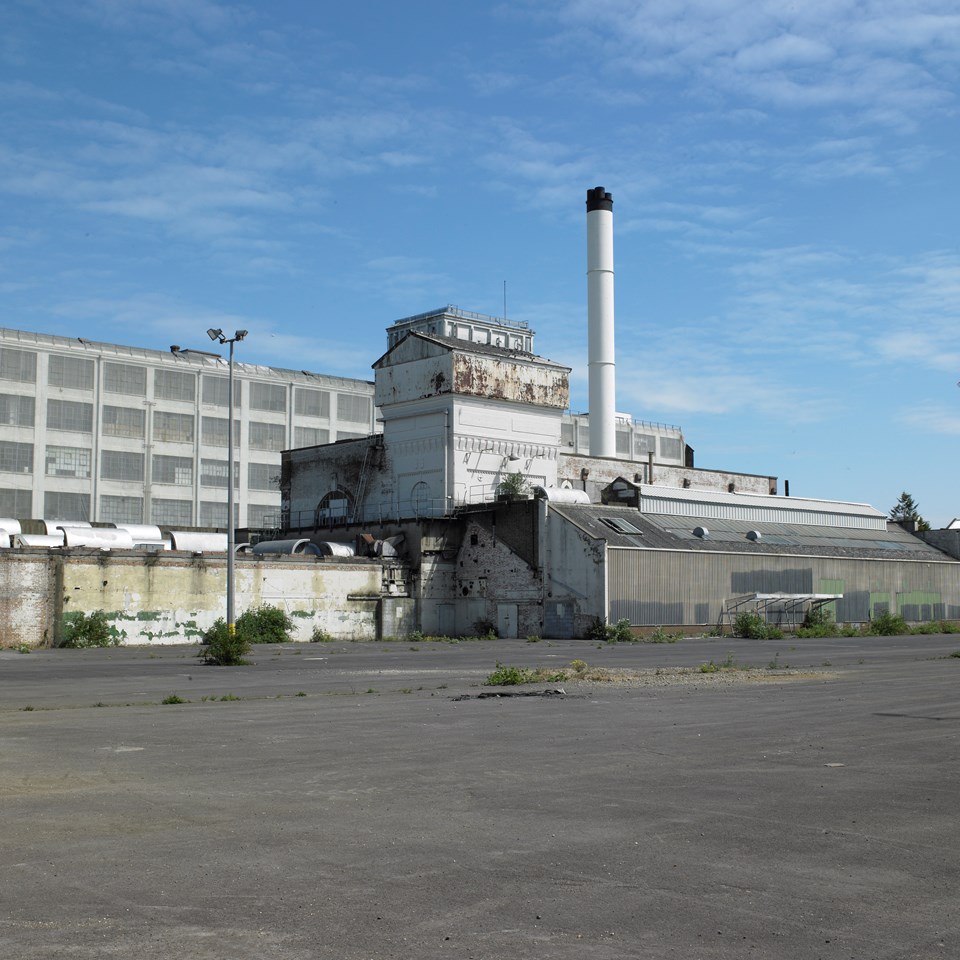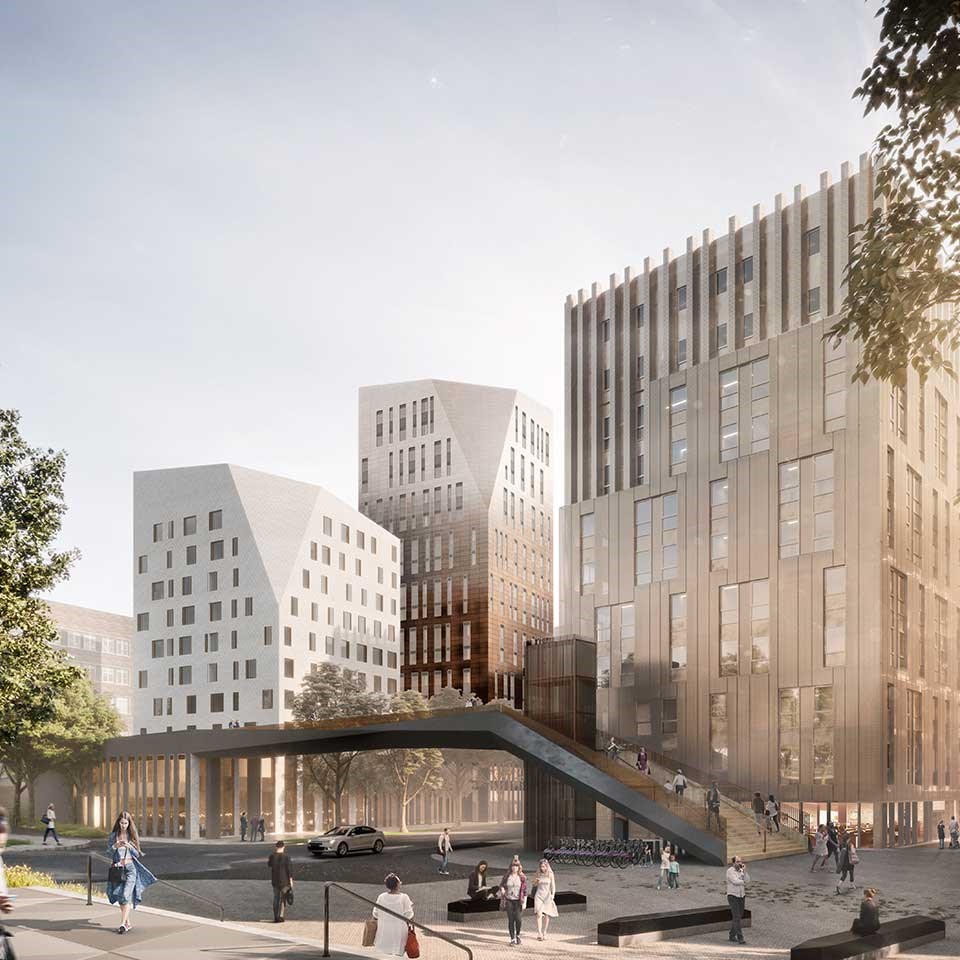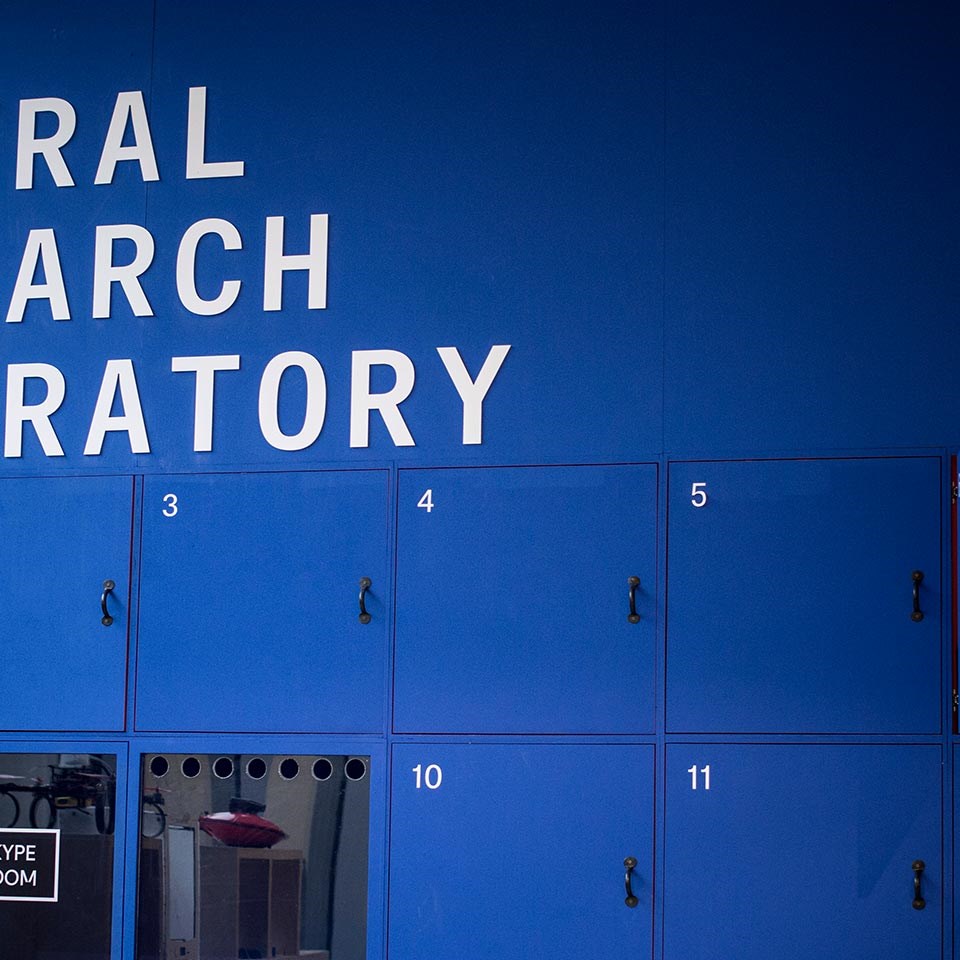Recently Richard Upton argued in Estates Gazette that while planners look at the square feet of office space to calculate how many jobs a scheme is likely to create, the success of a regeneration site relies on far more than that, including creating projects that release potential, deliver sustainable economic improvement and improved wellbeing.
Think of a bustling, regenerating district in the centre of a city in Europe or the US. Think of what lifted that area out of decay. The mix of people, skills, and ways of working; the blend of buildings and places, writes Richard Upton, deputy chief executive at U+I.
Now boil those factors down to jobs per square foot.
This is the kind of thinking and process that shapes UK planning decisions. Planners look at the square feet of office space in the plan then use the employment-density guide – a one-page table with 12 categories of employment floor space – to calculate how many jobs the scheme is likely to create. Then they compare that number with the employment targets in their local plan. The result is either a tick or a cross against the proposal.
This is a depressingly basic way to gauge the economic potential of a regeneration project. And we need more urban regeneration. Empty buildings and dormant sites litter UK towns and cities, a terrible waste of land that could and should be economically productive. This can't help the UK's broader productivity problem: GDP per hour worked has stalled at 2007 levels while other countries have pulled ahead.
Done well, regeneration works with communities from the get-go to create projects that release that potential, delivering sustainable economic improvement and improved wellbeing.
In 2010, Sheffield Hallam University researchers found that every £1 of regeneration spend generates £3.70 of economic and social benefit. CBRE, a global property adviser, studied 11 international regeneration projects in 2017 – including one in Liverpool and two in London – and found that all had improved wellbeing and property values.
Planners may need some way to decide if a new development will help deliver the jobs an area needs. But models that bristle with rules and ratios – and landowners' less-than-flexible thinking – leads planners and the local authorities they serve to miss the point: they have a moral responsibility to deliver employment and wellbeing for local communities. The results are real and measurable and the time to act is now.
Three ideas could help our buildings and places deliver more jobs and successful enterprises.
First, planners and local authorities must let go of their security blankets. Employment-density ratios are out of touch with the way that modern businesses use office space – particularly the kind that want to work in urban areas that are regenerating after decades of bumping along the bottom.
They want a mix of co-working space that lets them add headcount cheaply, dedicated offices, and shared communal areas – floorspace that falls between the cracks of planners' data tables.
And local authorities must look beyond single-tenant solutions. Many councils own property that has been empty for decades. Sometimes they lie empty because they no longer fit what the market wants: too big, too odd, or just in the wrong place. But councils are often holding out for their dream tenant. One who will take the site off their hands without the need for multiple leases, or the planning and publicity risks of redevelopment. While they dream, the site sits empty. Often for decades.
Second, developers must work with communities to find effective answers to complex local questions. Local authorities should focus on what their area and their communities need when they brief developers. For example, Brighton is a university city with a strong culture of start-ups – one business for every 20 adults in the city – but it lacks the kind of office space that will stop fledgling and mid-sized firms from leaving for London.
Our work on the £150m Preston Barracks project proposed a 50,000 sq ft hub for start-up and SME businesses to meet this need. Independent analysis suggests it will produce 714 net new jobs over 10 years – three and a half times more than the same amount of typical office floor space.
Finally, developers need to push the envelope. Property developers that want to regenerate urban neighbourhoods will have to develop and deliver services alongside buildings and placemaking.
An example from our portfolio that points the way is part of a project, The Old Vinyl Factory, that regenerated a failing business park in west London into a community: 643 homes, 750,000 sq ft of commercial space, a cinema, cafes and restaurants, and landscaped streets and squares.
A keystone of the scheme is the Central Research Laboratory (CRL), a business accelerator, named after EMI's original CRL – home to Nobel-prize winning work on the first medical CT scanners. London's first accelerator and co-working space for hardware entrepreneurs and enthusiasts, the CRL is a community of entrepreneurial designers and engineers who want to create amazing products and grow innovative new businesses focused on hardware. It offers mentoring, prototyping facilities, start-up grants and seed money to companies on its accelerator programme. Activities at CRL workshops have so far included the creation of prototype submarine drones, robotic gloves, digital drawing systems and modular walking aids.
It may seem odd for this kind of solution to be an integral part of a property development. But if we are to lift the economic productivity of our buildings and cities, it may become the new normal.







